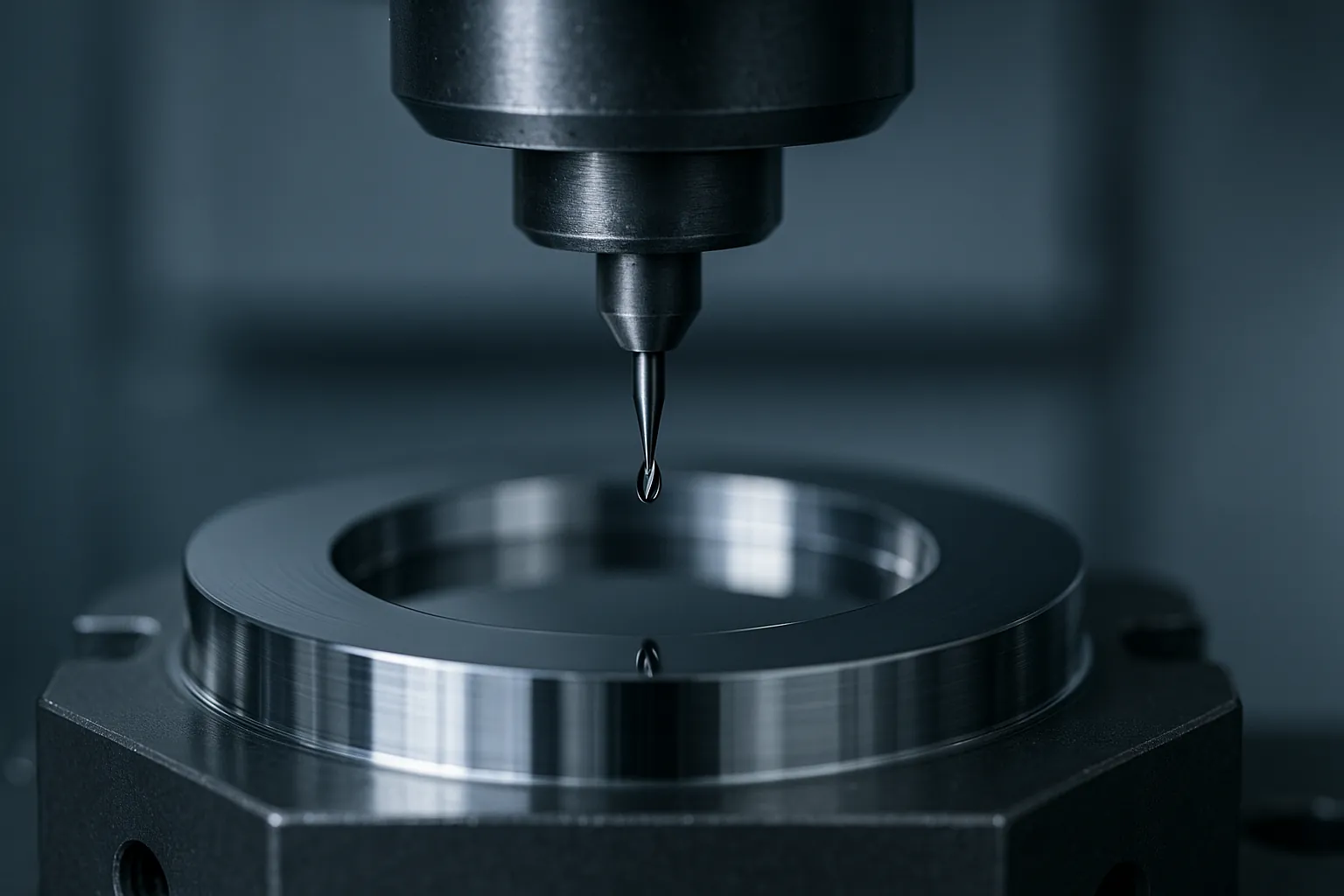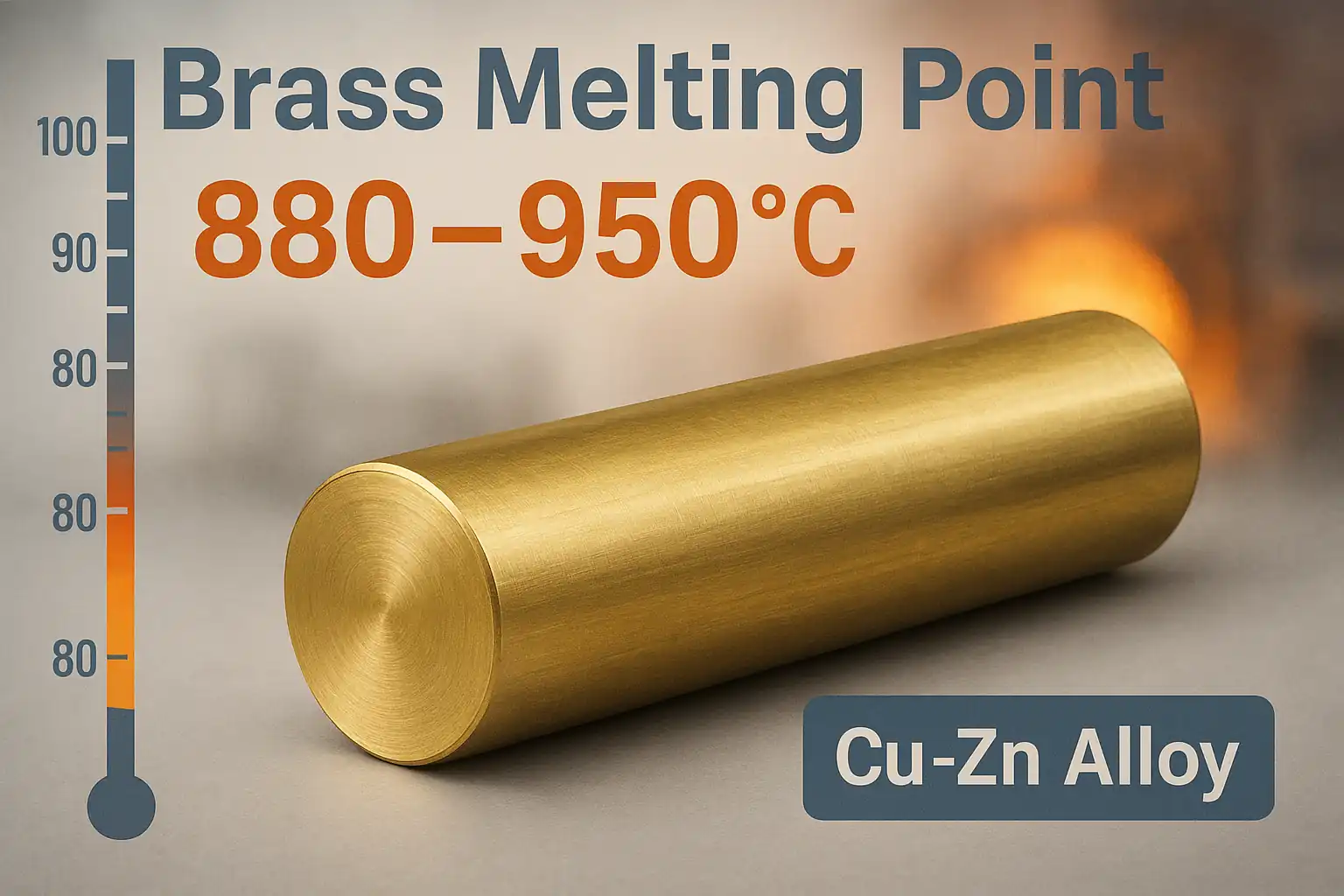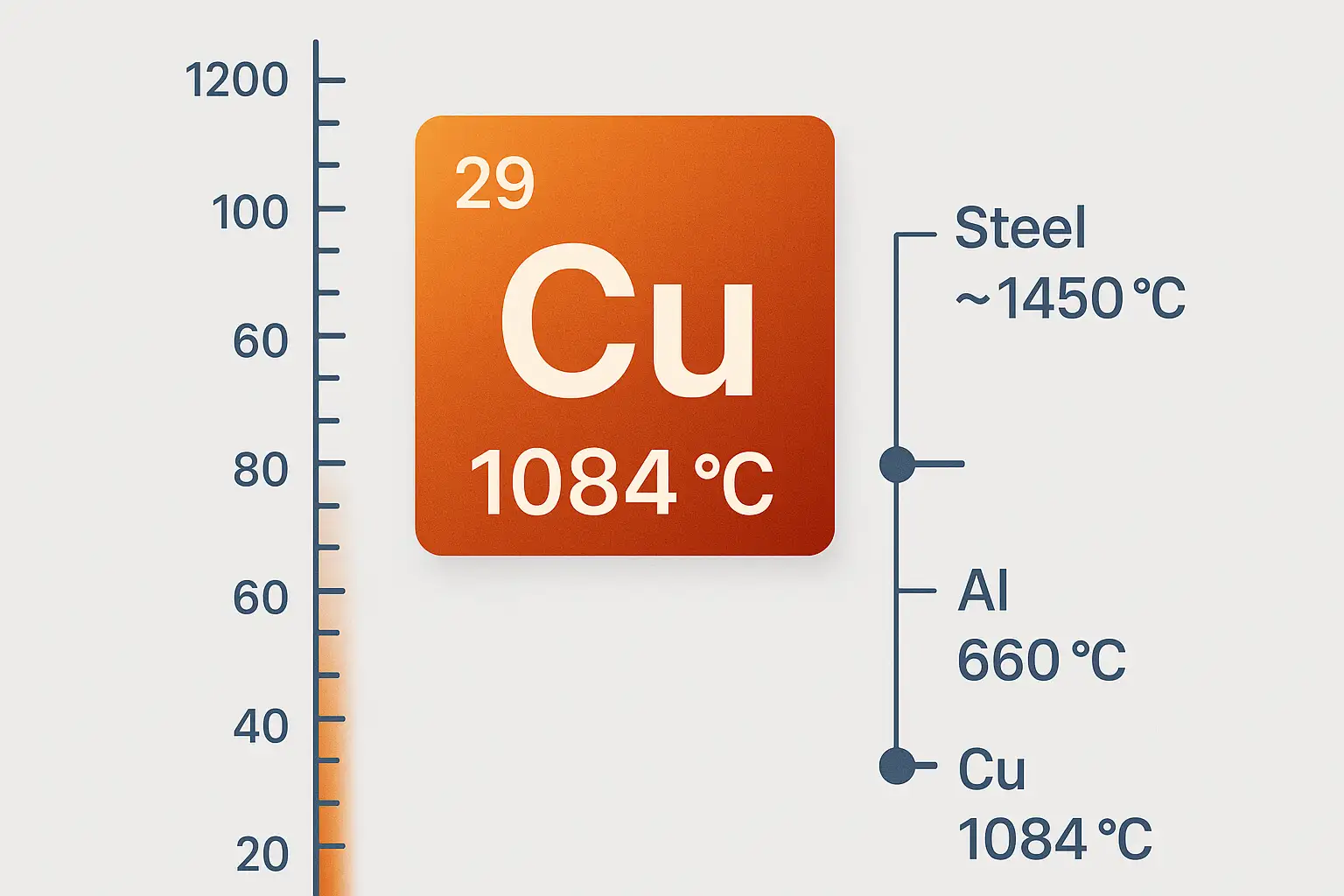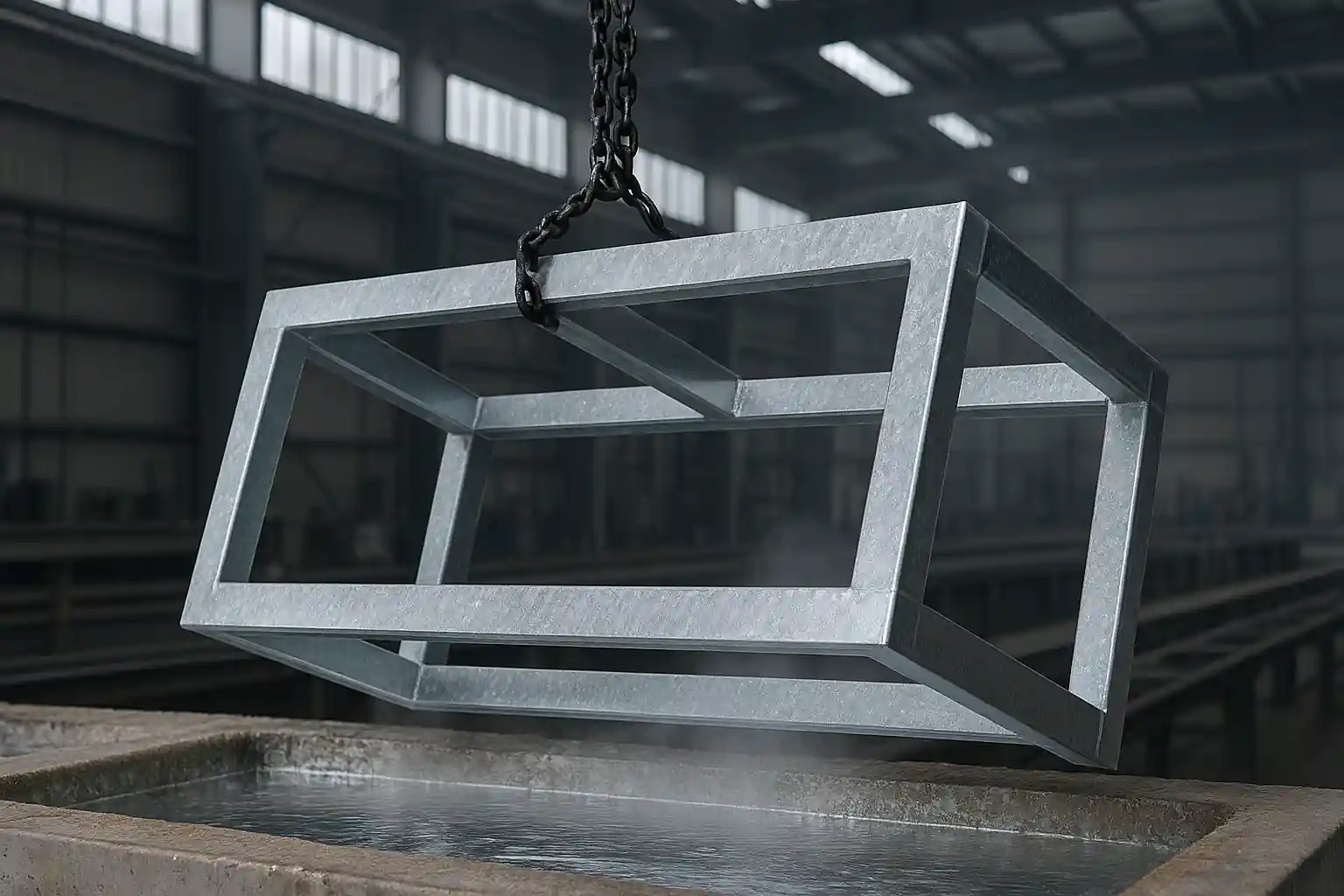In the course of modern industrial manufacturing, “precision machining” is a term that marks an indispensable milestone. Its emergence wasn’t due to a single revolutionary invention but rather a natural evolution driven by the industry’s increasing demand for product performance and reliability. With the rise of high-tech industries such as aerospace, medical devices, and semiconductors, traditional manufacturing methods could no longer meet the stringent requirements for micron-level and even nanometer-level tolerances. Thus, to overcome these technical challenges, precision machining was born as a specialized technology.
Precision machining is more than just a technique; it is the core embodiment of modern manufacturing capabilities. It represents the ability to transform a design concept into a physical reality, ensuring that the final product will operate reliably even in the most demanding environments. This article will delve into the core concepts, key processes, material applications, technical advantages, and significant role of precision machining across various industries.
What is Precision Machining?
Precision machining is the process of using advanced computer numerical control (CNC) machines to cut, shape, and process materials with exceptionally high accuracy and repeatability. The main difference from standard CNC machining is that precision machining controls tolerances at the micron or even nanometer level and can achieve mirror-like surface finishes. The core of this technology is to ensure every component leaving the factory meets the most stringent requirements for size, shape, and position, far exceeding the standards of conventional CNC machining, all through the use of precise equipment, rigorous processes, and professional measurement techniques.
Precision Machining Process
A typical precision machining project follows a series of rigorous stages, from concept to final product:
Design and Programming
It all begins with a digital blueprint. Engineers first use CAD (Computer-Aided Design) software to create a detailed 3D model of the part. This model is then imported into CAM (Computer-Aided Manufacturing) software. At this stage, a skilled programmer carefully plans the tool paths, cutting speeds, and feed rates based on the material’s properties, machine type, and part geometry. This step is crucial, as it translates the design concept into a precise set of CNC program instructions that will guide the physical machining.
Material Preparation and Selection
Selecting the correct material is a prerequisite for ensuring the part’s performance. Based on its function and operating environment, the most suitable material is chosen from a wide range of metals, plastics, or composites. After material selection, necessary preparation is often performed, such as cutting the raw stock into a blank or conducting pre-heat treatment to relieve internal stress. These steps ensure a stable machining process and a high-quality final product.
Machine Setup and Cutting
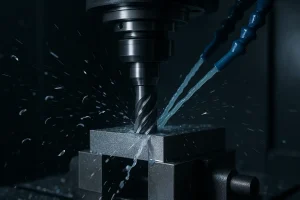
This is the key stage where the digital blueprint becomes a physical reality. A professional machinist precisely secures the blank to the machine’s worktable and installs the appropriate tools. The machine then strictly follows the pre-set CNC program for multiple cutting passes. A roughing pass is typically performed first to quickly remove excess material, followed by semi-finishing and finishing passes to gradually approach the final dimensions and meet micron-level tolerance requirements.
Post-processing
After cutting, many precision parts require additional treatment to enhance their performance and appearance. This stage typically includes:
- Deburring: Removing tiny burrs left behind by the cutting process.
- Surface Treatment: Such as polishing, heat treatment, anodizing, or plating to improve the part’s corrosion resistance, hardness, or aesthetics.
Quality Inspection and Control
This is the non-negotiable final line of defense in the entire process. Engineers use a series of high-precision measuring devices, such as Coordinate Measuring Machines (CMMs), optical comparators, and calipers, to perform a comprehensive check of every critical dimension and geometric tolerance of the part. This stage includes not only the final inspection but also in-process checks to ensure the entire production line operates under strict quality control, guaranteeing the customer receives a flawless part.
Available Materials for Precision Machining
Precision machining’s greatest advantage is its ability to process a wide variety of high-end materials. Here are some of the most common types:
| Material Category | Material Name | Typical Grades/Names | Typical Applications |
| Metals | Stainless Steel | 303, 304, 316L, 416, 17-4PH | Medical devices, food processing equipment, aerospace, chemical plant components, corrosive environments |
| Carbon/Alloy Steel | 1018, 4140, 4340, 8620, Tool Steel | Automotive parts, mechanical structures, heavy-duty shafts and gears, molds | |
| Aluminum Alloy | 2024, 5052, 6061, 7075 | Aerospace, drones, electronics casings, bicycle parts | |
| Titanium Alloy | Grade 2, Grade 5 (Ti-6Al-4V) | Medical implants, aerospace engine components, racing parts | |
| High-Temp Alloy | Inconel 625, Inconel 718, Hastelloy | Gas turbine parts, rocket engines, high-temperature/high-pressure components | |
| Copper/Brass | Brass (C360), Copper (C110), Beryllium Copper | Electrical connectors, heat sinks, valves, electrical components | |
| Precious Metals | Platinum, Gold, Silver | Jewelry, high-end electronic components, medical device electrodes | |
| Plastics | Engineering Plastics | PEEK, Teflon (PTFE), Acetal (POM) | Insulators, seals, bearings, medical and food-grade components |
| Composites | Composites | Carbon Fiber, Fiberglass | Lightweight structural components, drone frames, sports equipment |
| Ceramics | Engineering Ceramics | Alumina, Zirconia, Silicon Carbide | Semiconductor equipment, medical devices, aerospace, wear-resistant parts |
Yes, I agree that more detail can make the text more authoritative and persuasive.
Advantages of Precision Machining
The value of precision machining goes far beyond mere dimensional accuracy. It’s an advanced manufacturing process that creates products with superior performance and higher value, thanks to a unique set of advantages.
Precision Tolerance: The Foundation of All Advantages
Precision tolerance is the core of precision machining. It refers to controlling a part’s dimensional error to an extremely small range, often measured in micrometers (μm) and, in some cases, even nanometers (nm). This obsessive attention to size is what makes all other advantages possible.
-
Enabling Perfect Fits: Tight tolerances ensure that components can be assembled with a specific type of fit—whether a clearance fit, press fit, or transition fit. This allows a piston to move with a precise clearance inside a cylinder without leaking or seizing, or for a bearing to be securely pressed into a bore.
-
Ensuring Geometric Accuracy: Precision tolerance isn’t limited to dimensions; it also includes Geometric Dimensioning and Tolerancing (GD&T), which governs features like straightness, flatness, and concentricity. This guarantees that a part is not only the correct size but also the perfect shape and orientation, which is crucial for complex assemblies.
1. Enhanced Product Functionality
Strict precision tolerances enable the perfect mating of parts, which is critical in many high-tech applications.
-
Fluid Control: In hydraulic systems, fuel injectors, and medical pumps, micron-level tolerances ensure the minimal clearance between a piston and a bore wall. This results in zero leakage and precise fluid metering, which are essential for product safety and efficiency.
-
Operational Stability: In high-speed machinery, precision-machined bearing seats and shafts eliminate any wobble or imbalance. This significantly reduces vibration and noise, ensuring the long-term stability and reliable performance of the machine.
2. Extended Product Service Life
Precision machining gives parts an extremely low surface roughness, which fundamentally reduces friction, heat, and wear.
-
Reduced Friction: An ultra-smooth surface (e.g., a surface roughness Ra < 0.8 μm) dramatically lowers the coefficient of friction. This means moving parts consume less energy and generate less heat, which directly extends their lifespan.
-
Fatigue Resistance: Precision machining removes microscopic flaws and stress concentration points from a material’s surface. This allows parts to withstand repeated high-stress cycles without failing, which is vital for components in aerospace, automotive, and energy applications.
3. Expanded Design Freedom
With advanced technologies like 5-axis machining, precision machining can handle complex geometries that are impossible with traditional methods, providing designers with infinite possibilities.
-
Monolithic Design: Precision machining allows a part with a complex shape, such as a turbine blade or an orthopedic implant, to be machined from a single block of material (monolithic design). This eliminates the need for welding or assembly, which greatly enhances a part’s structural strength and integrity.
-
Complex Internal Features: For parts like heat exchangers or fluid channels, precision machining can create intricate internal geometries. This allows for higher performance while maintaining the structural strength of the part.
4. Increased Material Compatibility
Precision machining technology can handle almost any material, including high-performance alloys that are notoriously difficult to process. This unlocks the unique properties of these materials for demanding applications.
-
High-Hardness Materials: It’s capable of precisely machining hard, wear-resistant tool steels and ceramics used for manufacturing molds and cutting tools.
-
Difficult-to-Machine Alloys: It can handle materials like titanium and nickel-based alloys (such as Inconel) that are prone to work-hardening during cutting. By using optimized strategies and high-performance tooling, a precision shop can achieve a stable and accurate cut on these challenging materials.
Applications of Precision Machining
Precision machining’s outcomes are ubiquitous and serve as an indispensable support for many high-tech industries. Here is a table outlining its key applications:
| Industry | Typical Components | Why Is Precision Machining Crucial Here? |
| Aerospace | Engine blades, turbine parts, hydraulic system components | To ensure the reliability and safety of parts under extreme temperatures, high pressure, and high speeds. |
| Medical Devices | Surgical tools, implants (e.g., bone screws, artificial joints), and medical equipment casings | To guarantee biocompatibility, sterility, and absolute accuracy in critical medical procedures. |
| Electronics | Precision connectors, heat sinks, and semiconductor encapsulation molds | To meet the demands for miniaturization, high integration, and efficient heat dissipation in electronic products. |
| Automotive | Critical components in engines, transmissions, and suspension systems | To enhance overall vehicle performance, fuel efficiency, and driving safety while reducing wear. |
Types of Precision Machining Equipment
Precision machining relies on a series of sophisticated equipment, with each type serving a unique purpose in the manufacturing process:1
CNC Milling Machines
CNC milling machines are a cornerstone of precision machining. They use a rotating cutting tool to precisely remove material from a workpiece. Based on the number of axes, they can be categorized as:
- 3-axis mills: Suitable for flat surfaces, slots, and simple 3D shapes.
- 5-axis machining centers: These are the most advanced, capable of moving on five different axes simultaneously. This allows them to create highly complex, intricate shapes and curved surfaces with unparalleled accuracy, making them essential for high-end aerospace and medical components.
CNC Lathes
CNC lathes are specialized for producing parts with high-accuracy circular features, such as shafts, pins, sleeves, and flanges. The machine rotates the workpiece at high speed while a stationary cutting tool removes material. This process is ideal for creating parts that require excellent concentricity and a superior surface finish.
Grinding Machines
Grinding machines are used for ultra-precision finishing, typically after the initial cutting process. They use a high-speed rotating abrasive wheel to remove tiny amounts of material from a part’s surface. This method achieves extremely tight dimensional tolerances and a mirror-like surface finish, which is crucial for components that require minimal friction or need to meet the most stringent specifications.
Electrical Discharge Machining (EDM)
EDM is a non-traditional machining method that is perfect for hard metals and complex shapes that are difficult to cut with conventional tools. It works by using electrical sparks to erode material from the workpiece. EDM is particularly effective for creating intricate cavities, sharp internal corners, and extremely small holes in hardened steel, titanium, and other exotic alloys without causing stress to the material.
Wire EDM
Wire EDM is a specialized type of EDM that uses a thin, electrically charged wire to cut through a workpiece, much like a hot wire cutter. It’s used to create precise two-dimensional shapes, intricate profiles, and complex punches and dies. The process allows for very fine detail and a clean cut, making it invaluable for the tool and die industry.
Conclusion
Precision machining is not merely a technology; it is the driving force of modern manufacturing. From microscopic medical implants to large-scale aerospace engines, this relentless pursuit of extreme accuracy is what turns countless high-tech blueprints into reality. It represents the ability to transform complex designs into reliable, high-performance physical products.
Start Your Next Project
If you’re looking for a partner to bring your most precise designs to life, our expert team and cutting-edge equipment are ready to serve you.
